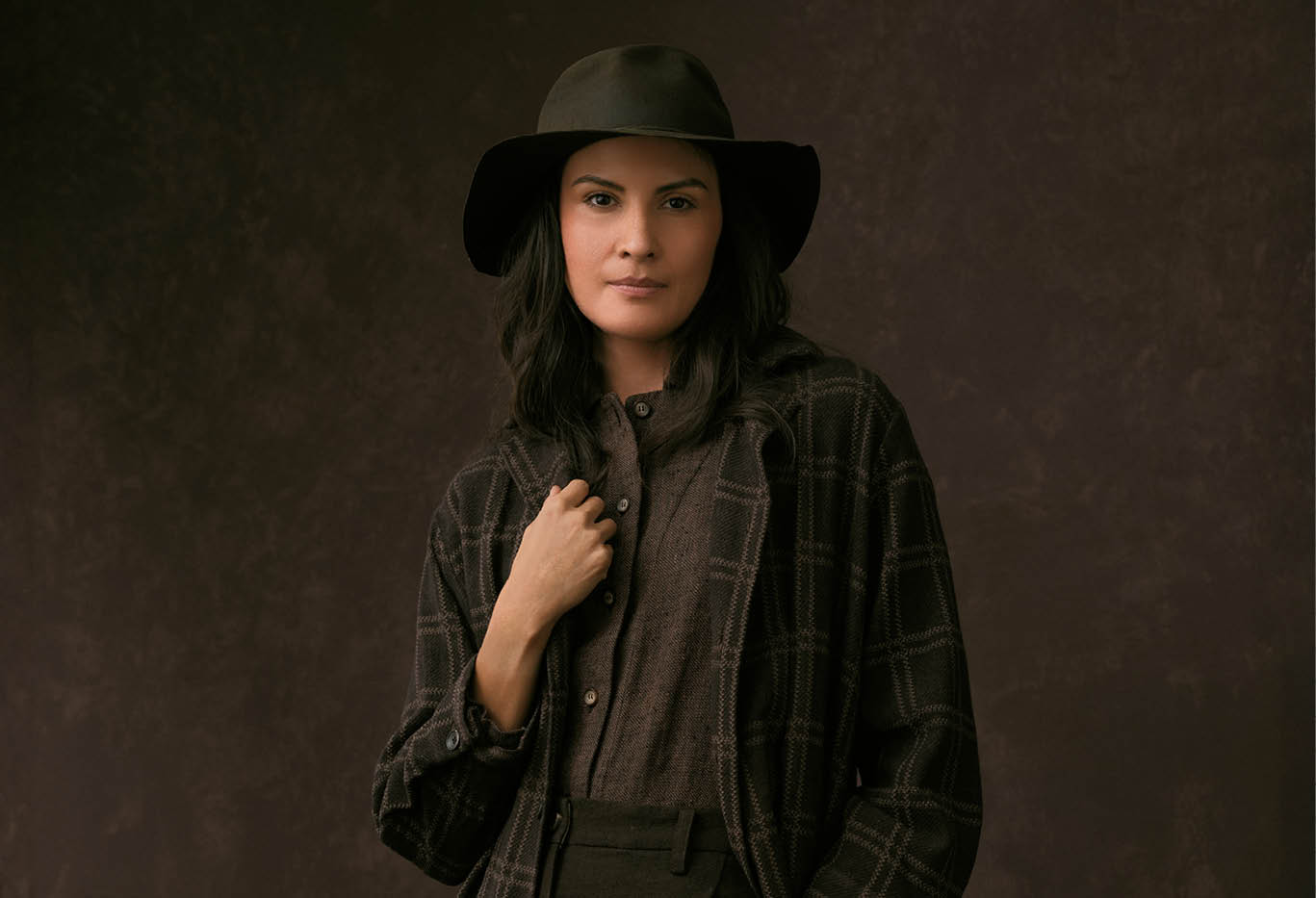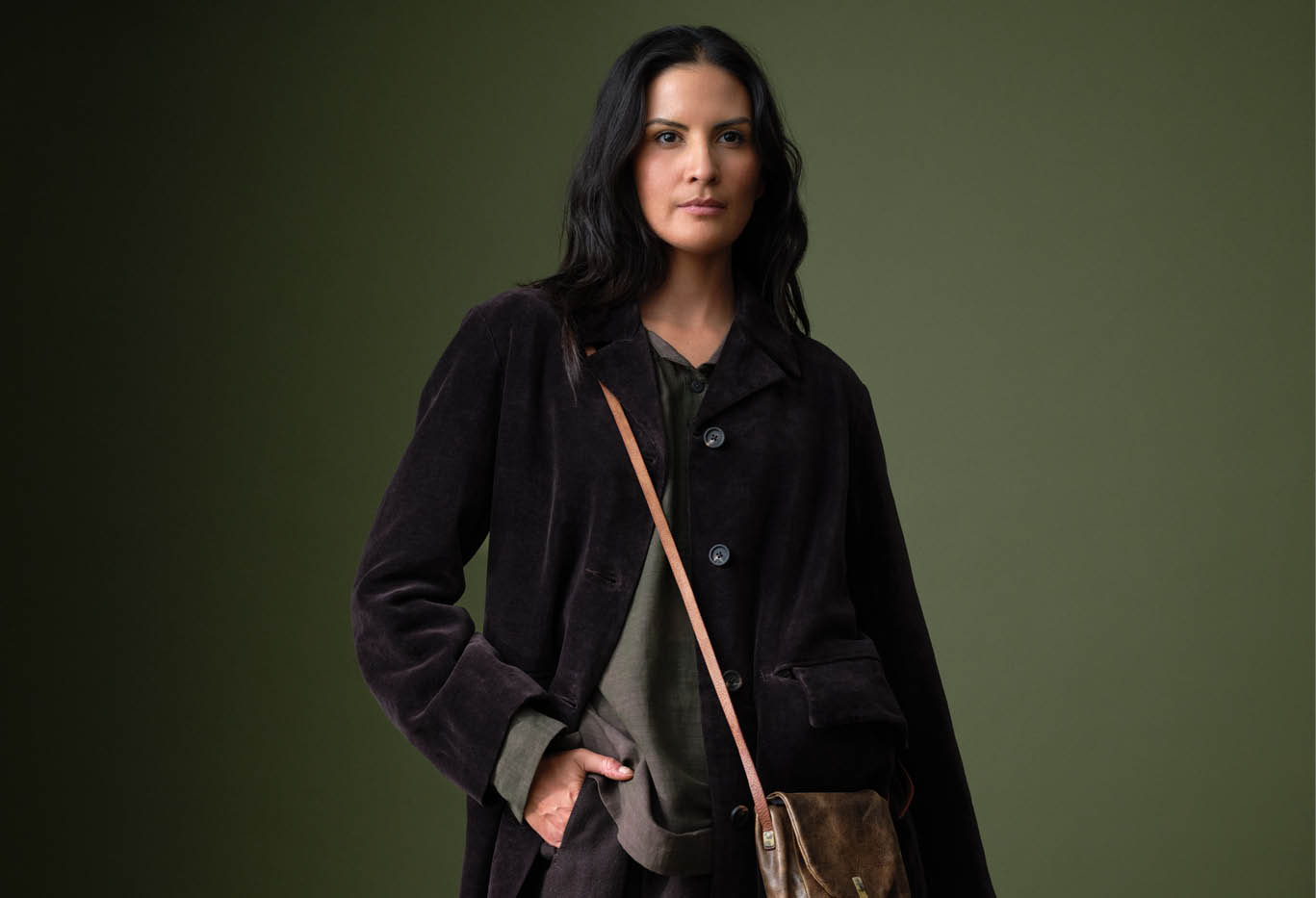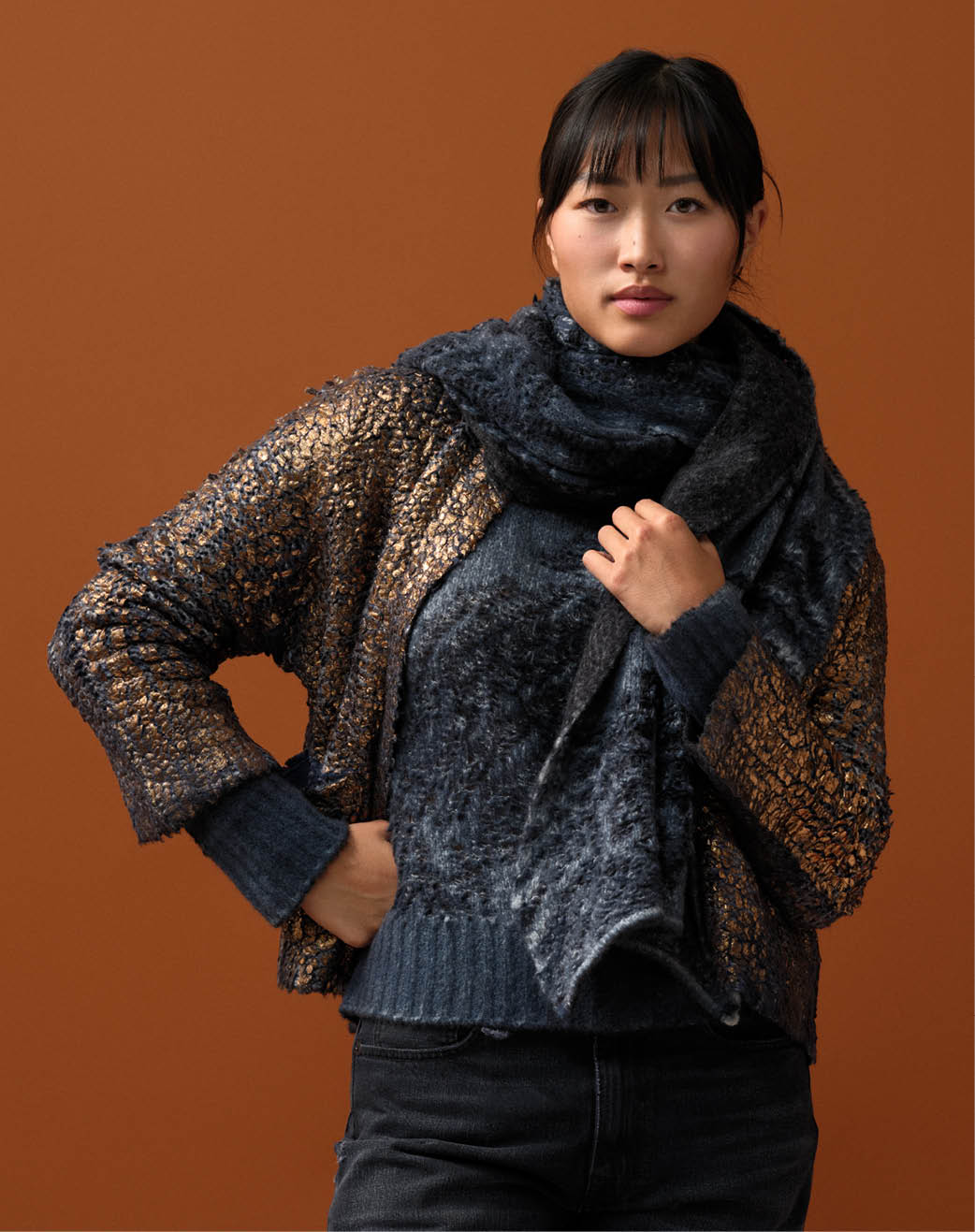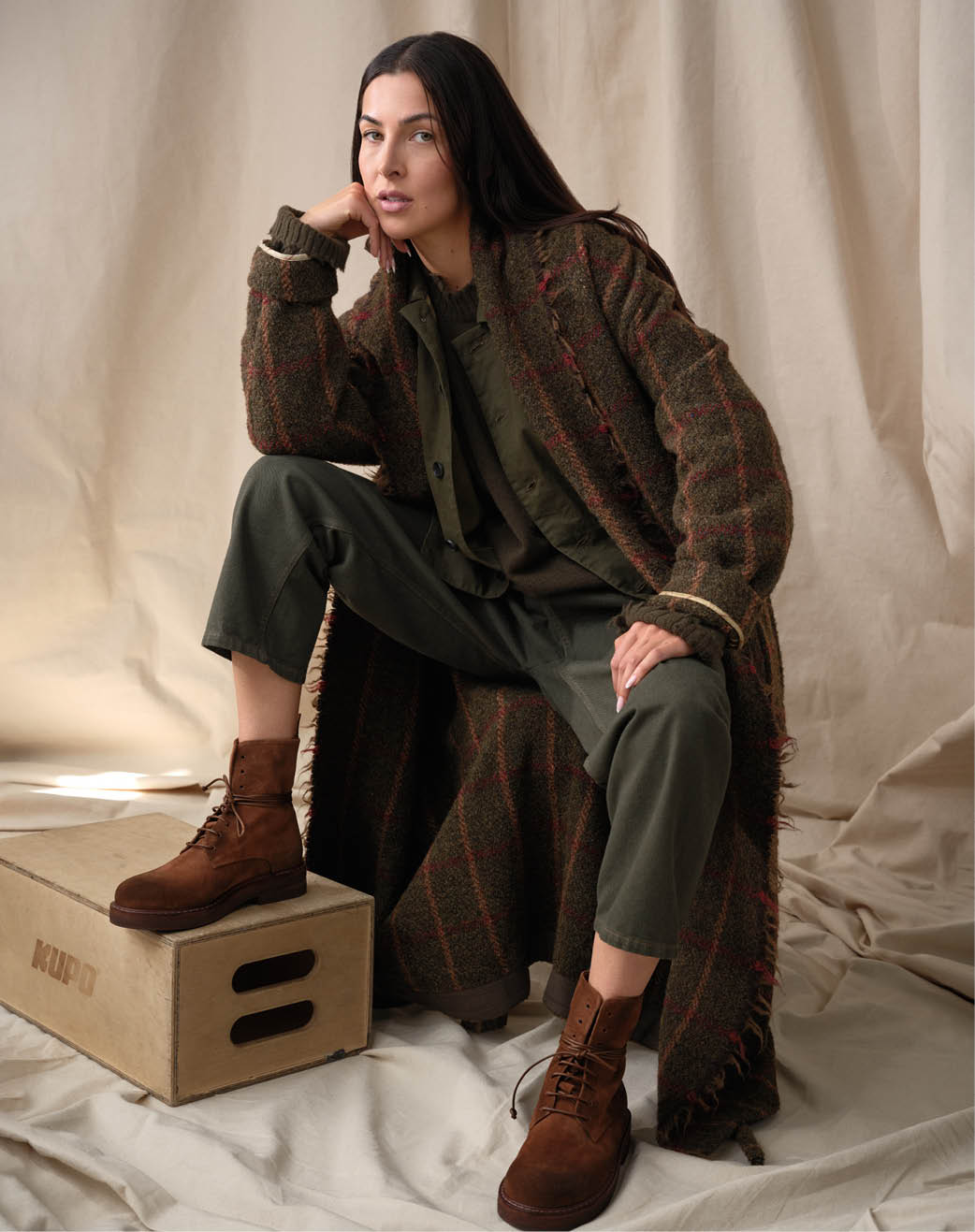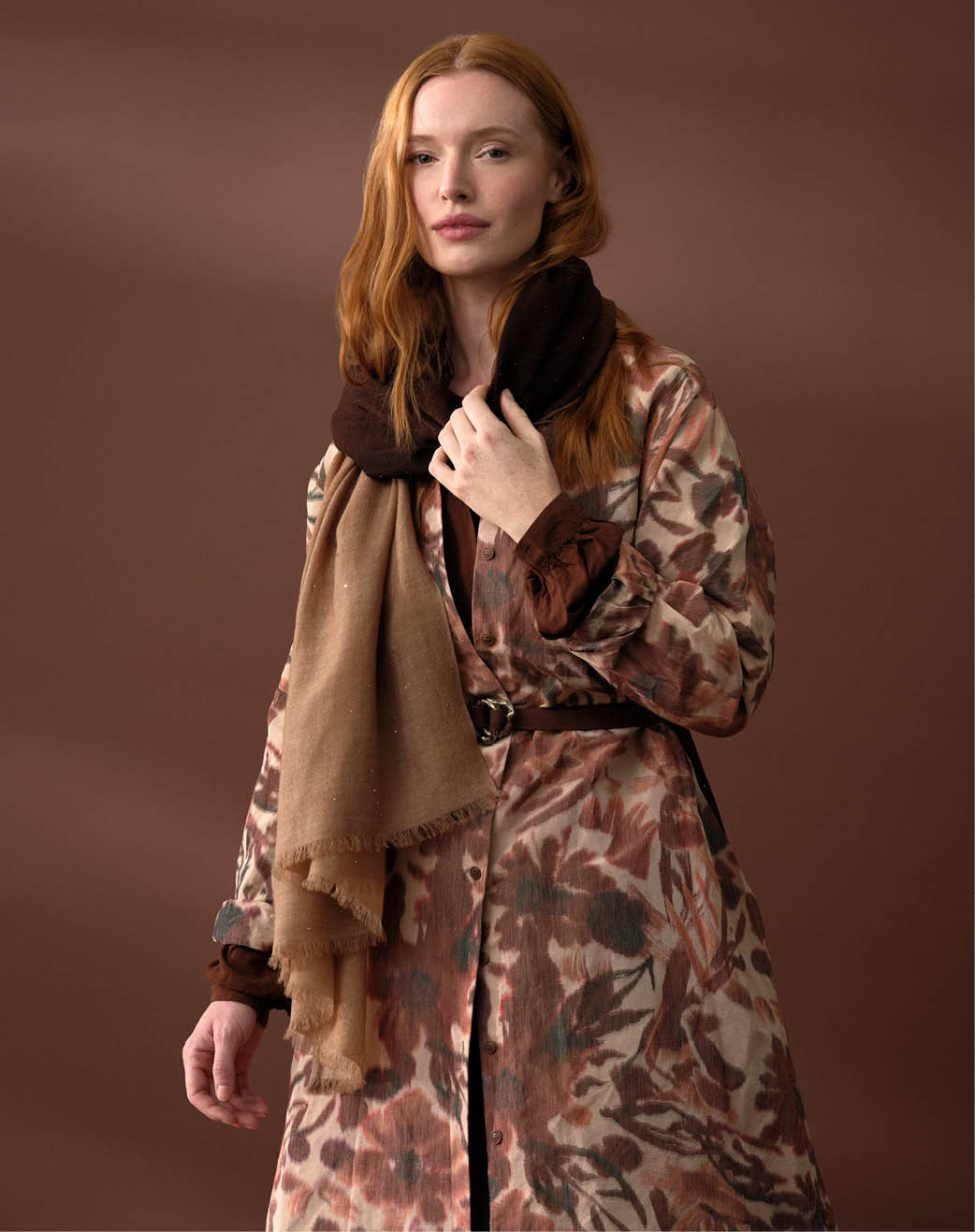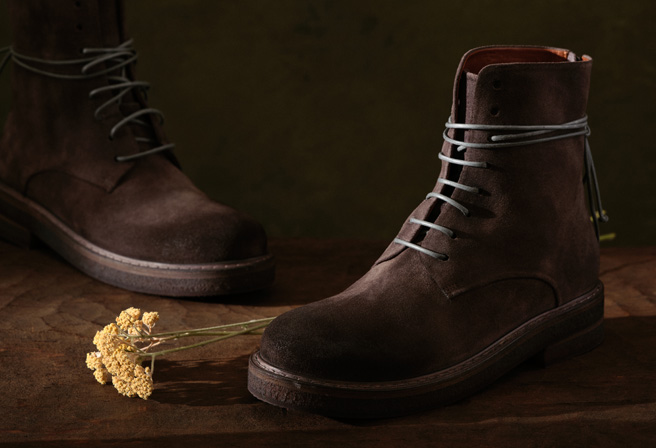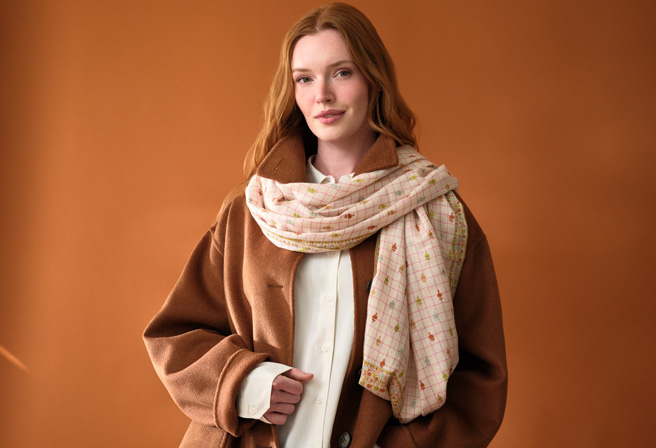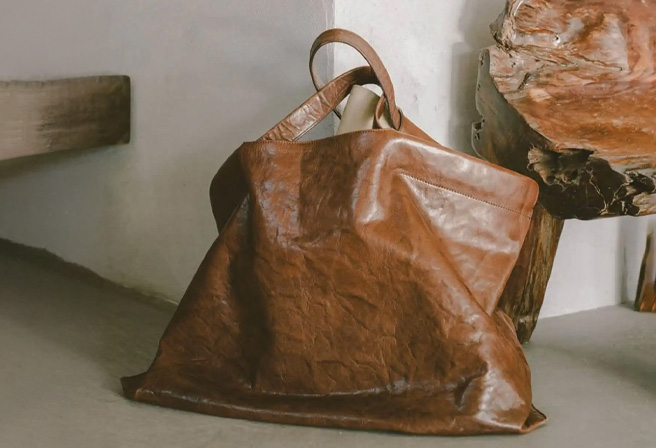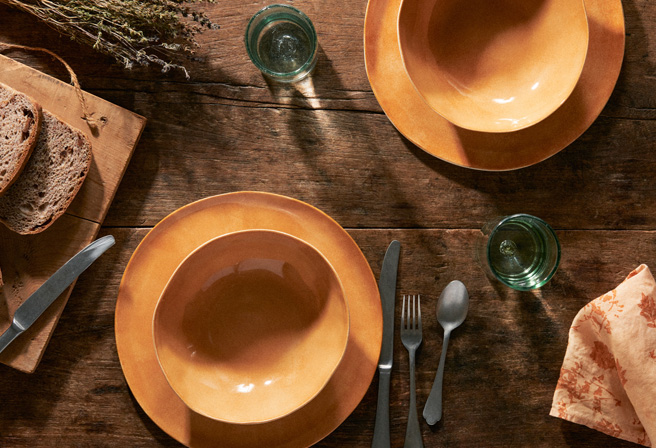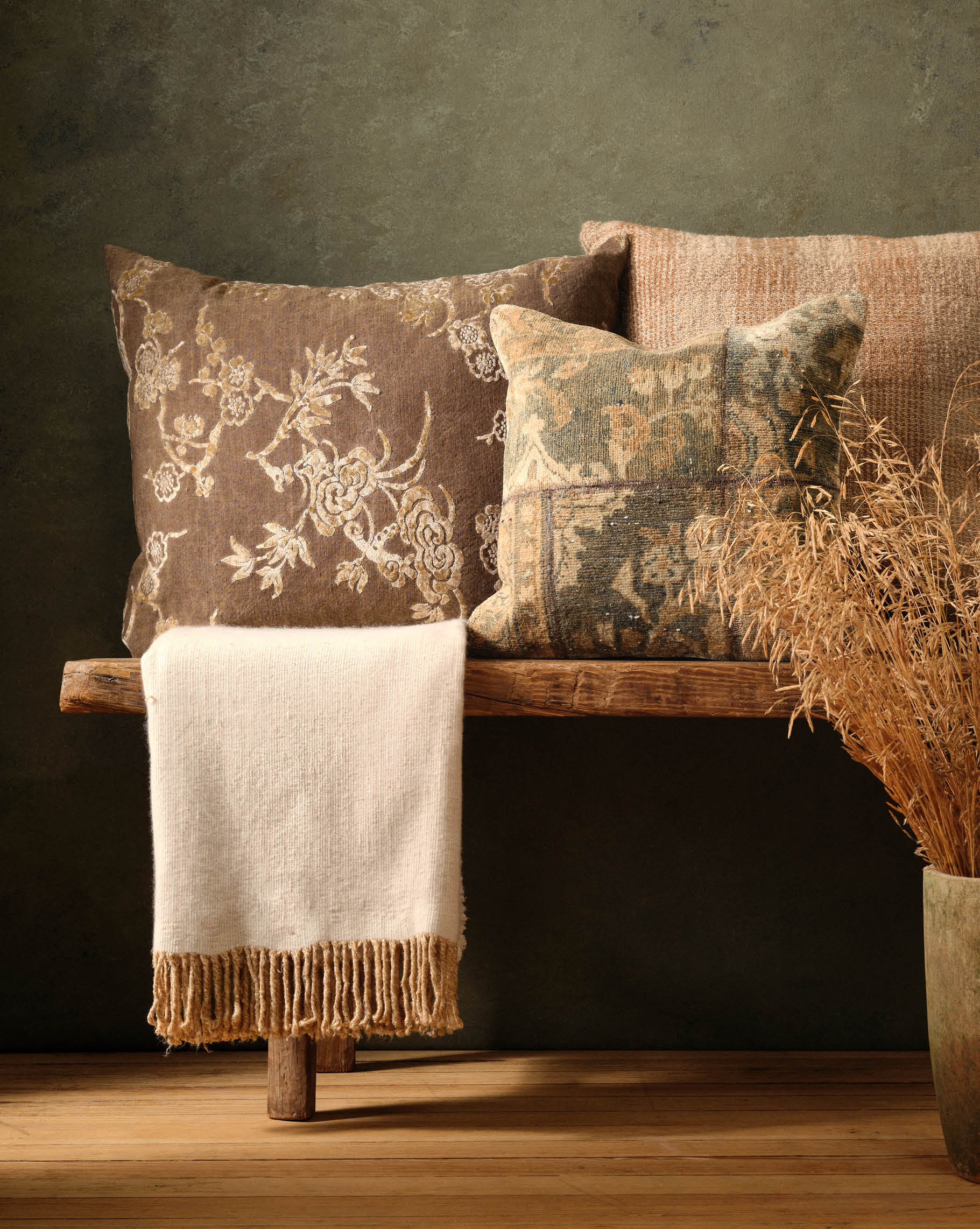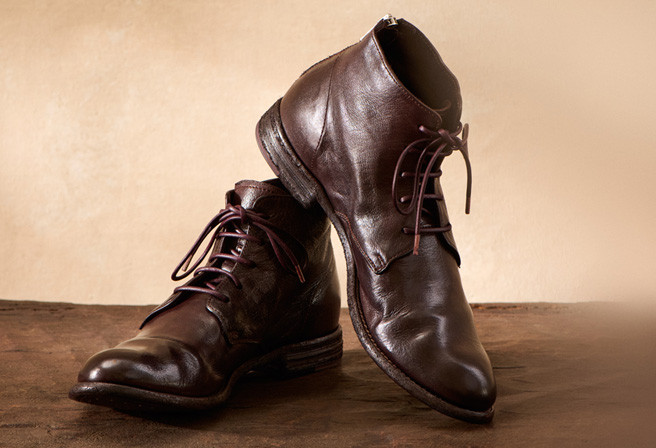Among the largest group of pastoral nomads in the world, the Fulani are part of a millennia of aesthetic ritual.

Using handspun sheep’s wool, they weave together stunning, utilitarian pieces that reflect the transience of their maker’s origin.
Traces of ancestry and neighboring cultural influence peek out from the warp and weft — a brief history of African textile traditions is captured within each piece.



The main textile produced by the Fulani is known as a Khasa — a blanket made from handspun sheep’s wool.
The Khasa functioned to enclose and define a personal space, and could be easily transported.
In contrast to this everyday presence, the piece shown below would have been a wedding blanket — as evidenced by its elevated, decorative approach.



The Fulani have existed since the 5th century and have occupied many different regions throughout West Africa.
This particular selection of textiles originates from early 20th century Mali.
Motifs of the nearby Tuareg and Berber communities can be found within the designs.


Due to early Islamic influence, the Fulani did not develop a tradition of figural or sculpted art.
Instead they turned to the meditation of geometry — intricate, interlocking patterns sprawl across each piece.
These simple, repeating shapes represent the myths, stories and rituals of their culture.

